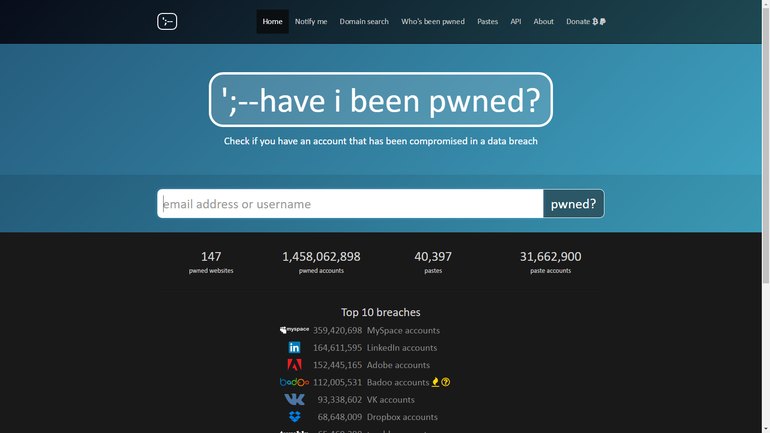Does the End of Net Neutrality Mean I Need a VPN?
 Monday, December 18, 2017 at 12:19AM
Monday, December 18, 2017 at 12:19AM
With the FCC repealing net neutrality rules, you may be asking yourself: do I need a VPN to protect my privacy and keep my access to the web running? The answer is, probably not now, but maybe in the future. The elimination of net neutrality means ISPs will be able to prioritize their own services, or services that pay them, over competitors. That means, for instance, that if Netflix doesn't pony up to Verizon, Verizon Internet subscribers would see more buffering or lower-quality video on Netflix. There's also the possibility that ISPs may outright block access to services unless consumers pay extra—for instance, demanding that you pay $5 per month more for that Netflix access, over and above your standard Netflix and ISP subscription fees. This kind of service tiering is not happening right now. The worries about net neutrality are based on what ISPs may do in the future. But we've already gotten a glimpse of what could be; remember when AT&T forbid Apple's FaceTime from running over its cellular network for users on certain data plans? If your ISP does start to slow down sites that don't give it kickbacks in favor of those who do, a VPN may help. VPNs hide your network traffic so your ISP can't tell what services you're using. (For more details on how they work, see Why You Need a VPN.) As a result, the ISP will need to treat all of your traffic on an equal basis, restoring effective net neutrality. That said, ISPs could very well start to throttle VPNs in a non-neutral world. But they'd have to throttle all of the traffic on a VPN, not just specific websites or services. Once again, ISPs aren't doing this yet; we're speculating about what they may decide to do in the future. A VPN expert, Max Eddy, points out that if major platform and device providers stepped up with their own VPNs, that would be a net neutrality game changer. If Apple, for instance, started tunnelling all of its traffic through a VPN, its power in the marketplace might mean the ISPs would be unwilling to face it down (or extort more money from it). VPNs also protect your privacy. Even with net neutrality, your ISP can surveil everything you do, for instance monitoring your downloads for filenames of commonly pirated movies so it can send you an angry letter if it sees you're downloading them. But Eddy warns that without net neutrality, ISPs could put privacy-oriented services in slow lanes, making it harder to get to secure services. So the repeal of net neutrality doesn't mean you need a VPN any more than you ever did—right now. But VPNs were an important tool before the repeal of net neutrality. In addition to the privacy protection VPNs offer, it's absolutely worth shopping around and choosing one so that if your ISP does something shifty in the future, you know where to turn.Can a VPN Protect Me From My ISP?
VPNs Provide Protection









 While free Drive accounts only offer 15 GB for Backup and Sync, you can pay for more storage to ensure all of your files are backed up.
While free Drive accounts only offer 15 GB for Backup and Sync, you can pay for more storage to ensure all of your files are backed up.
